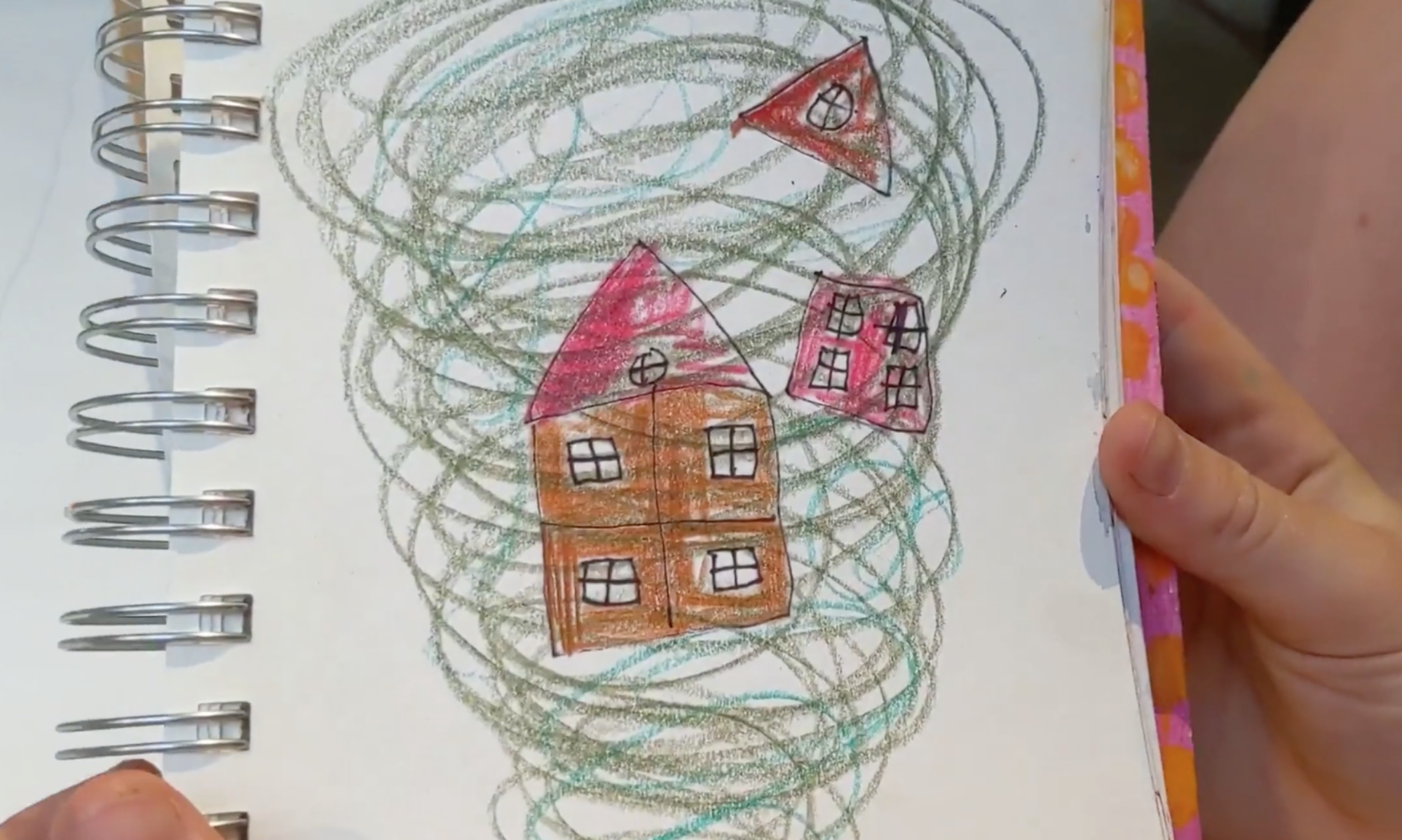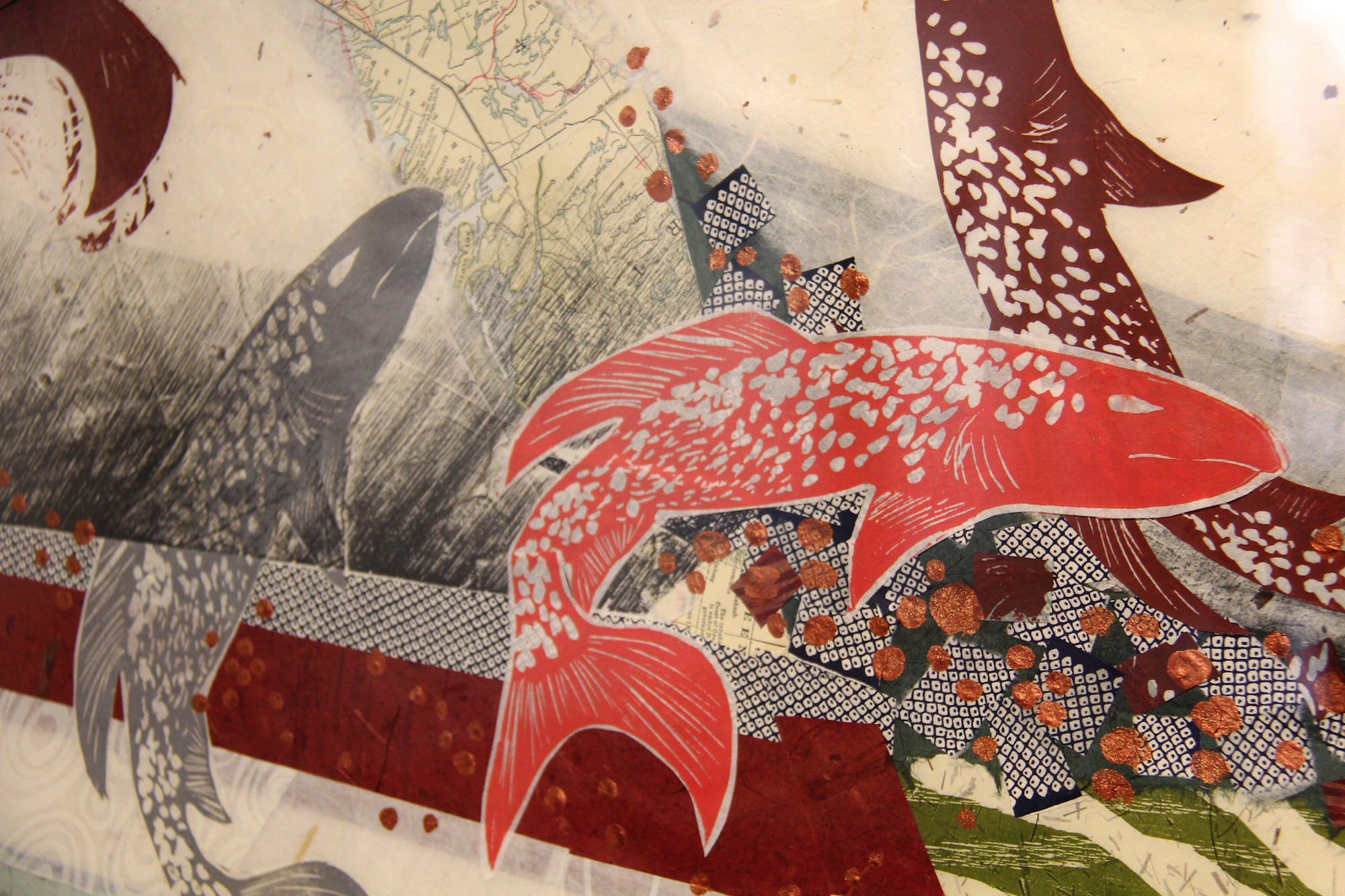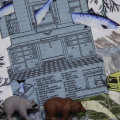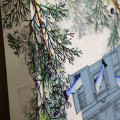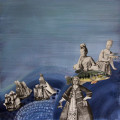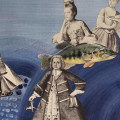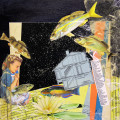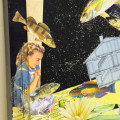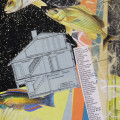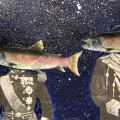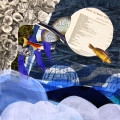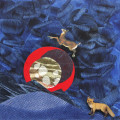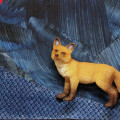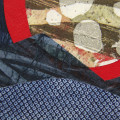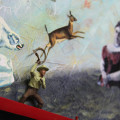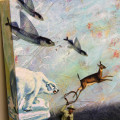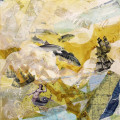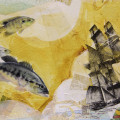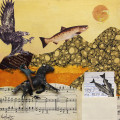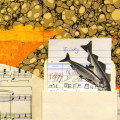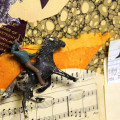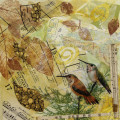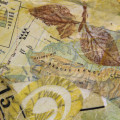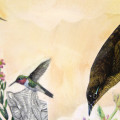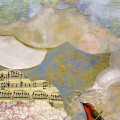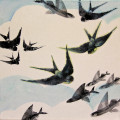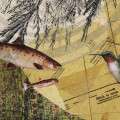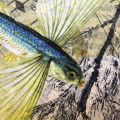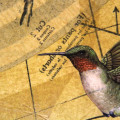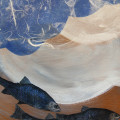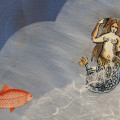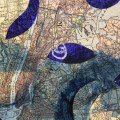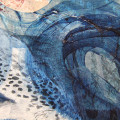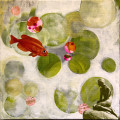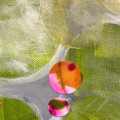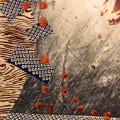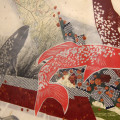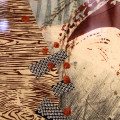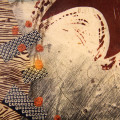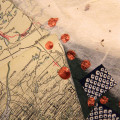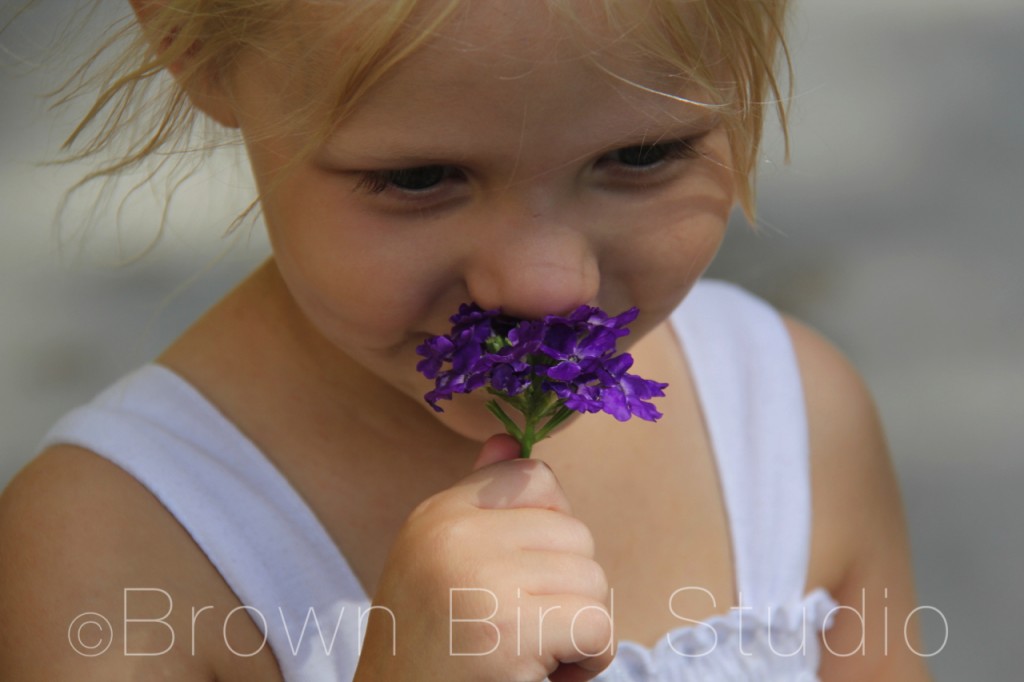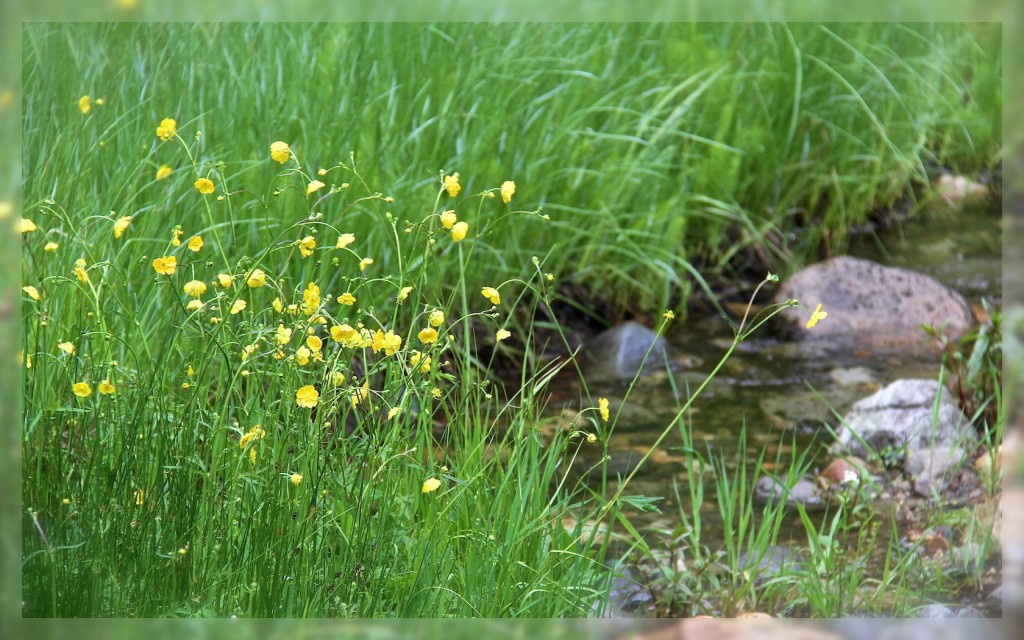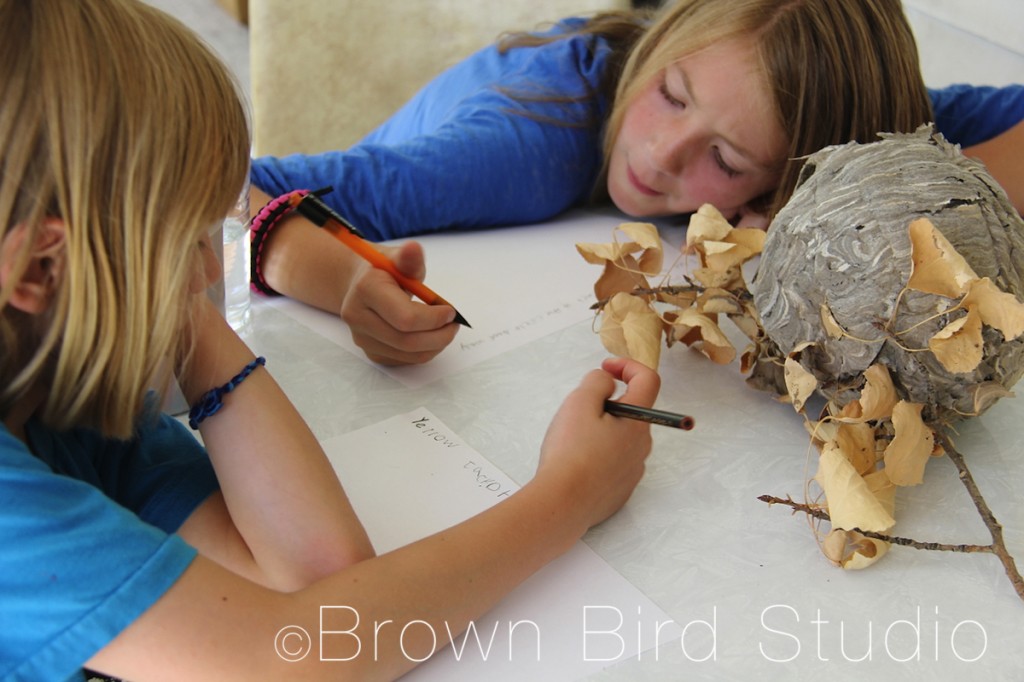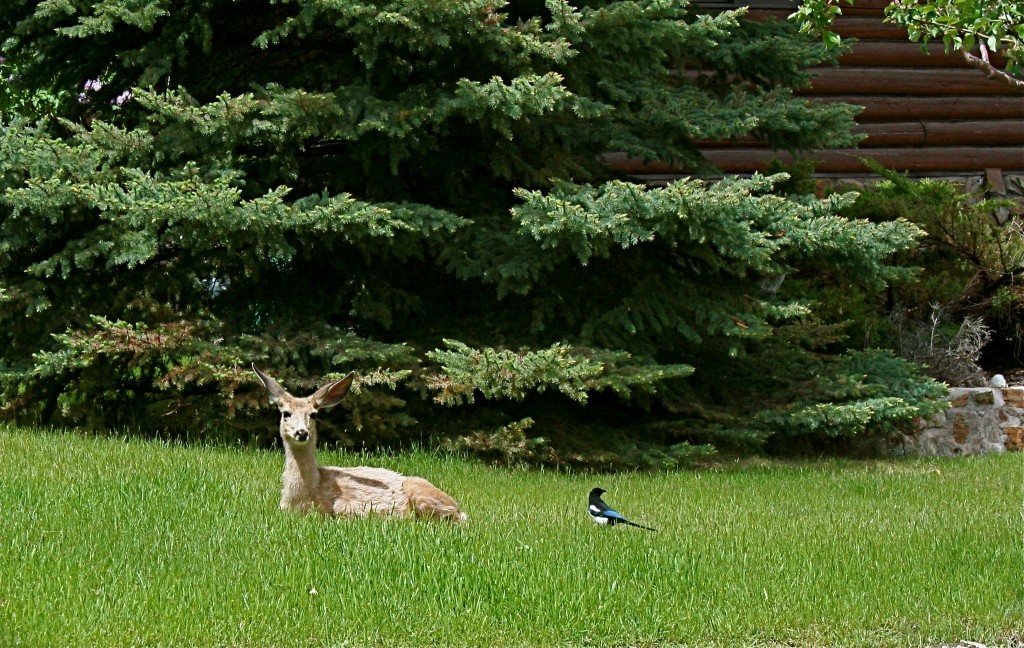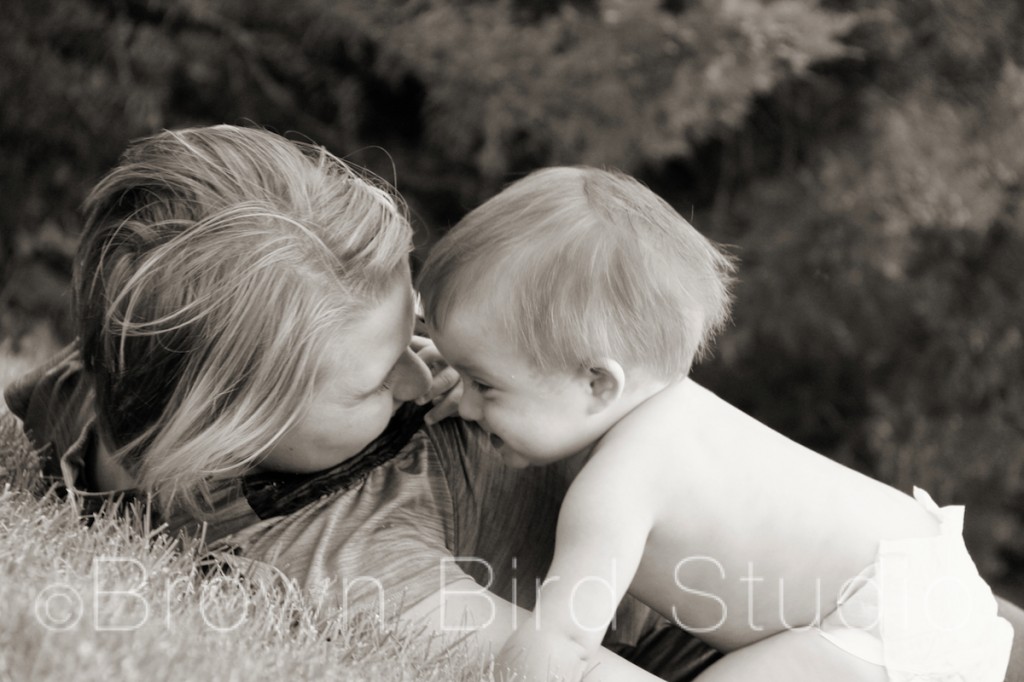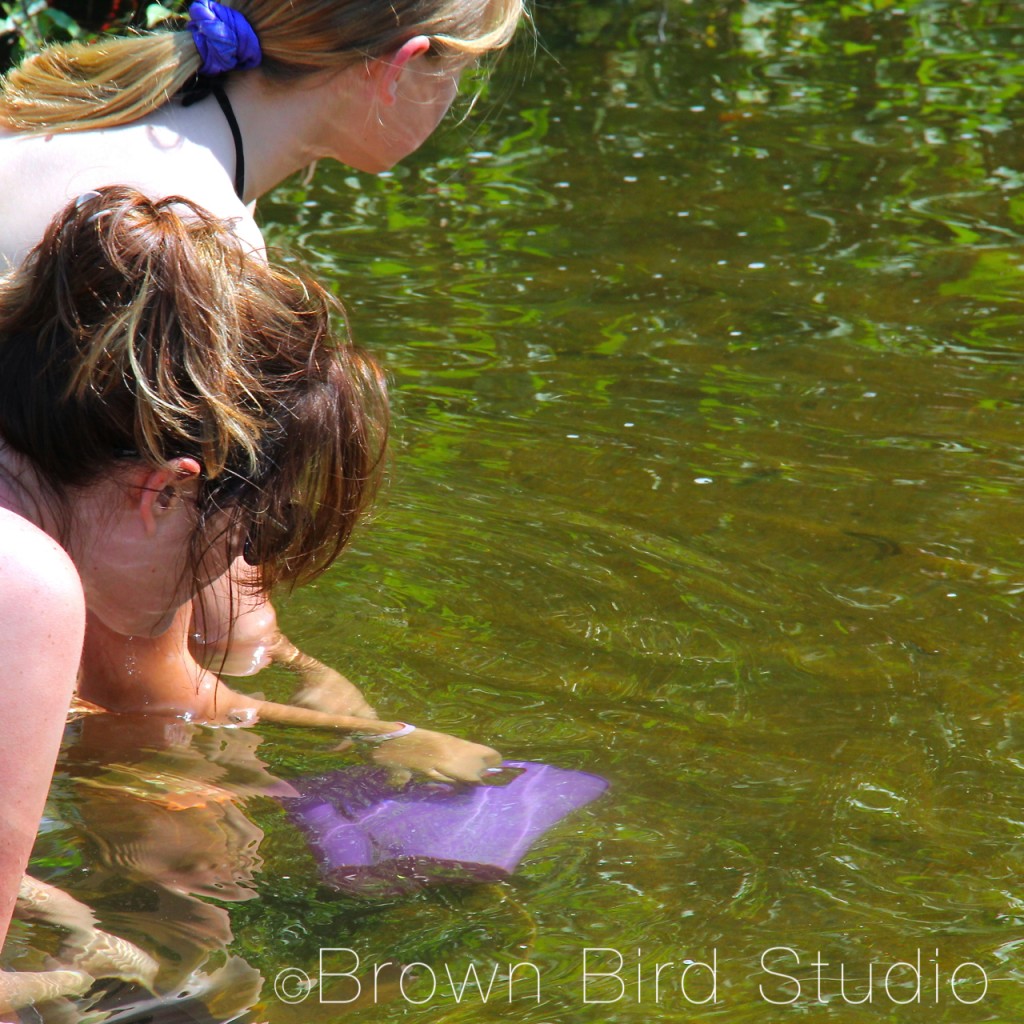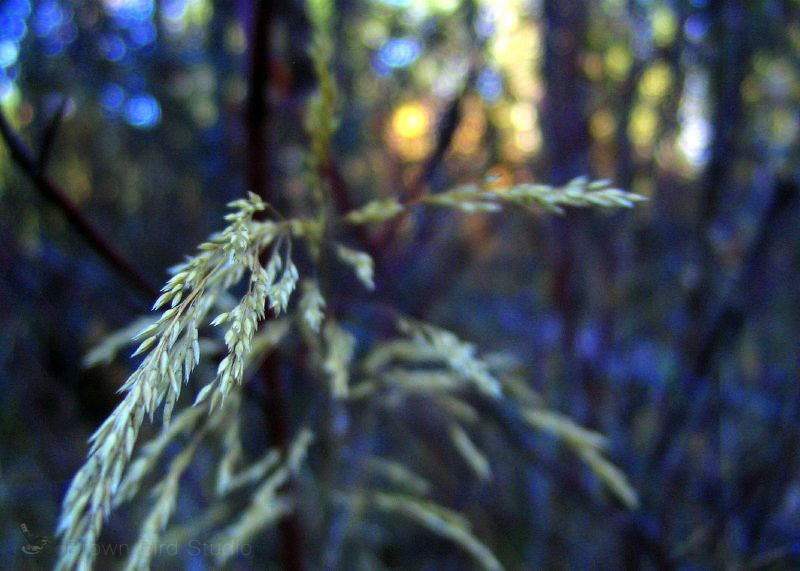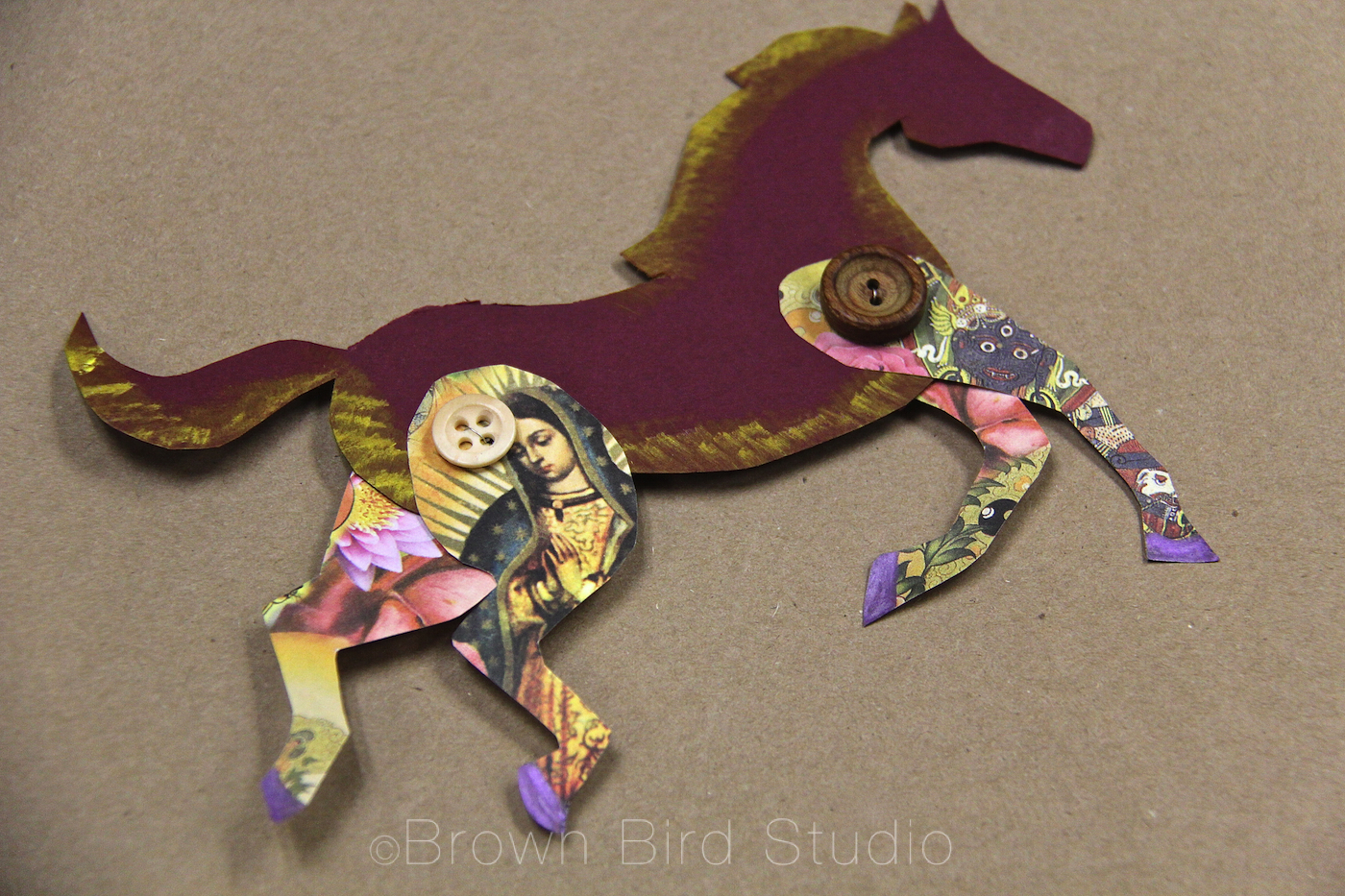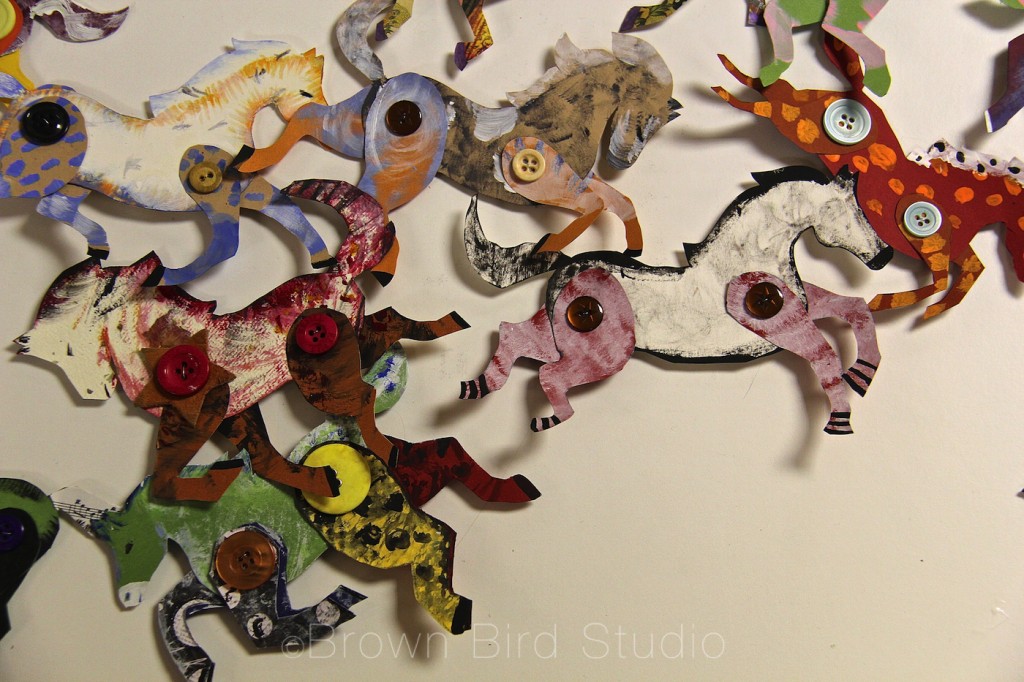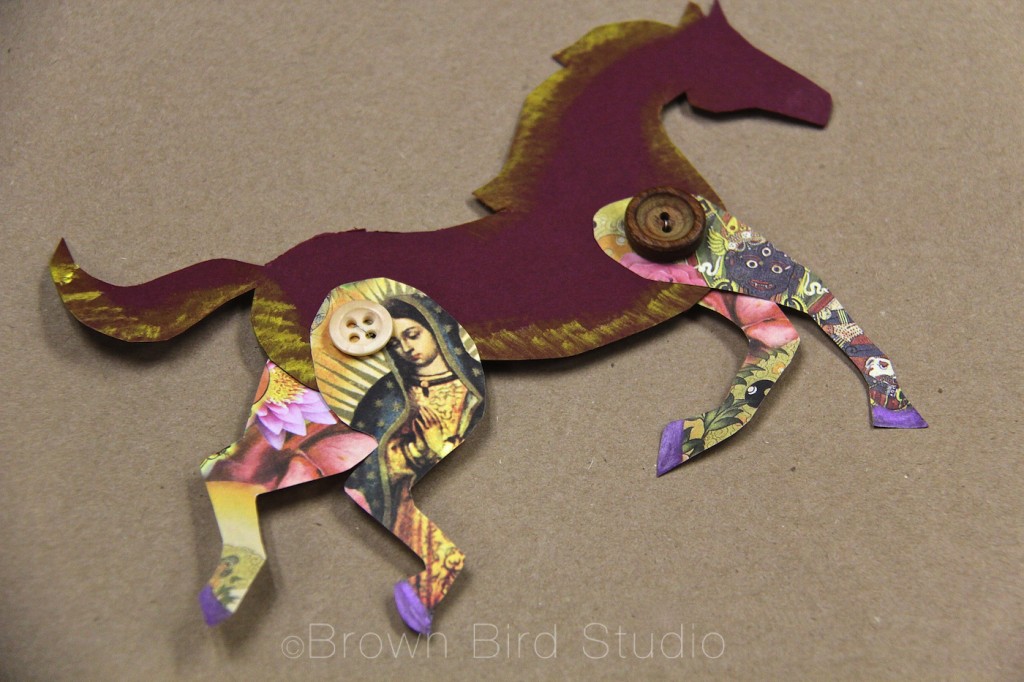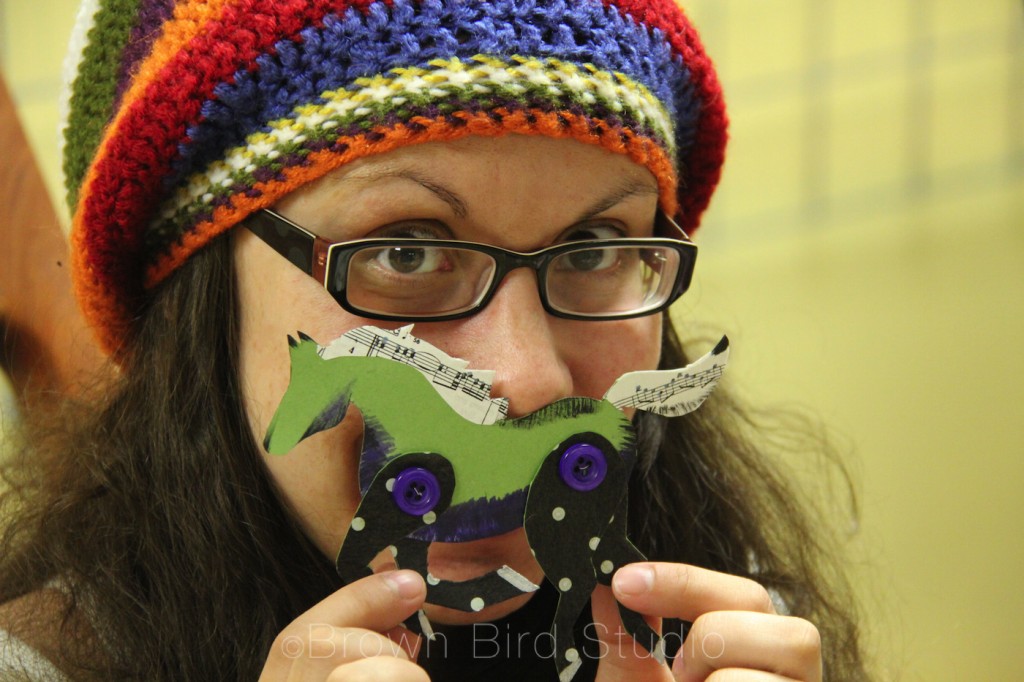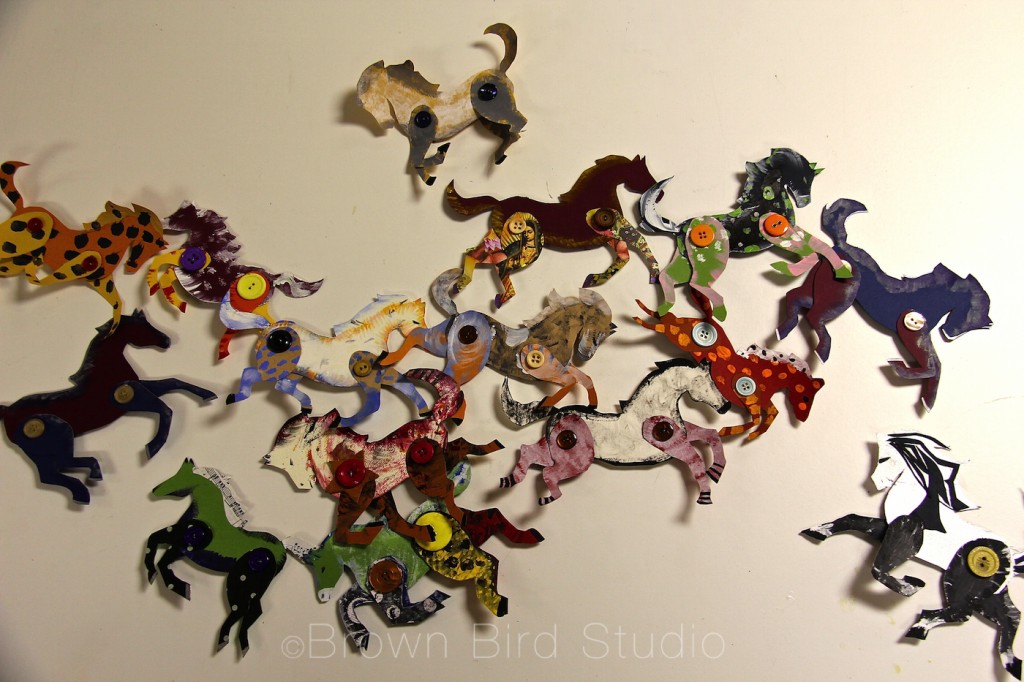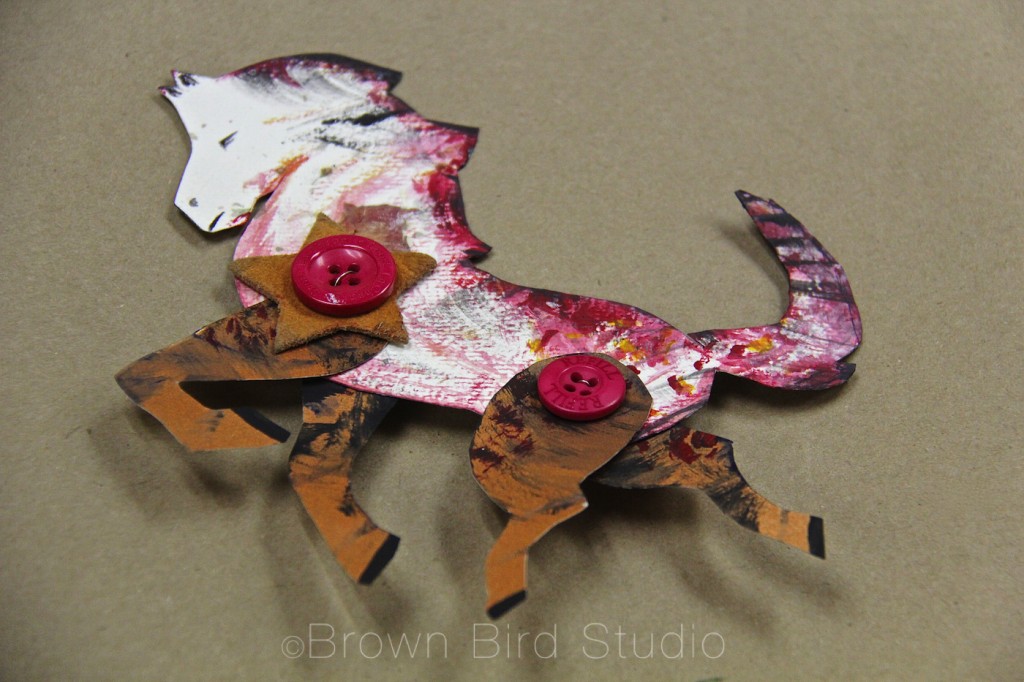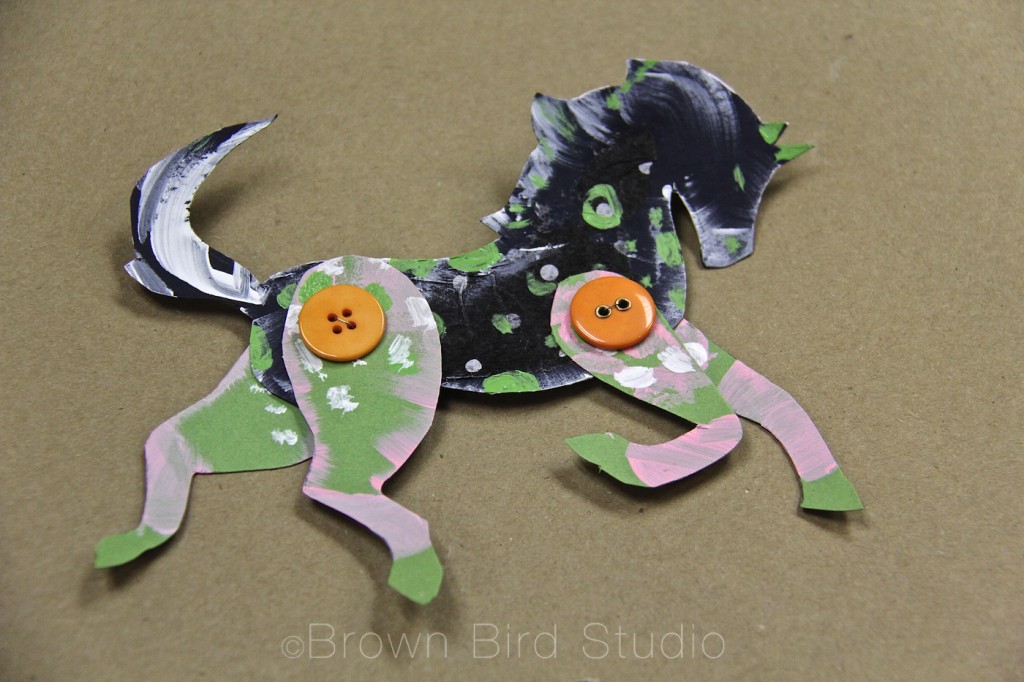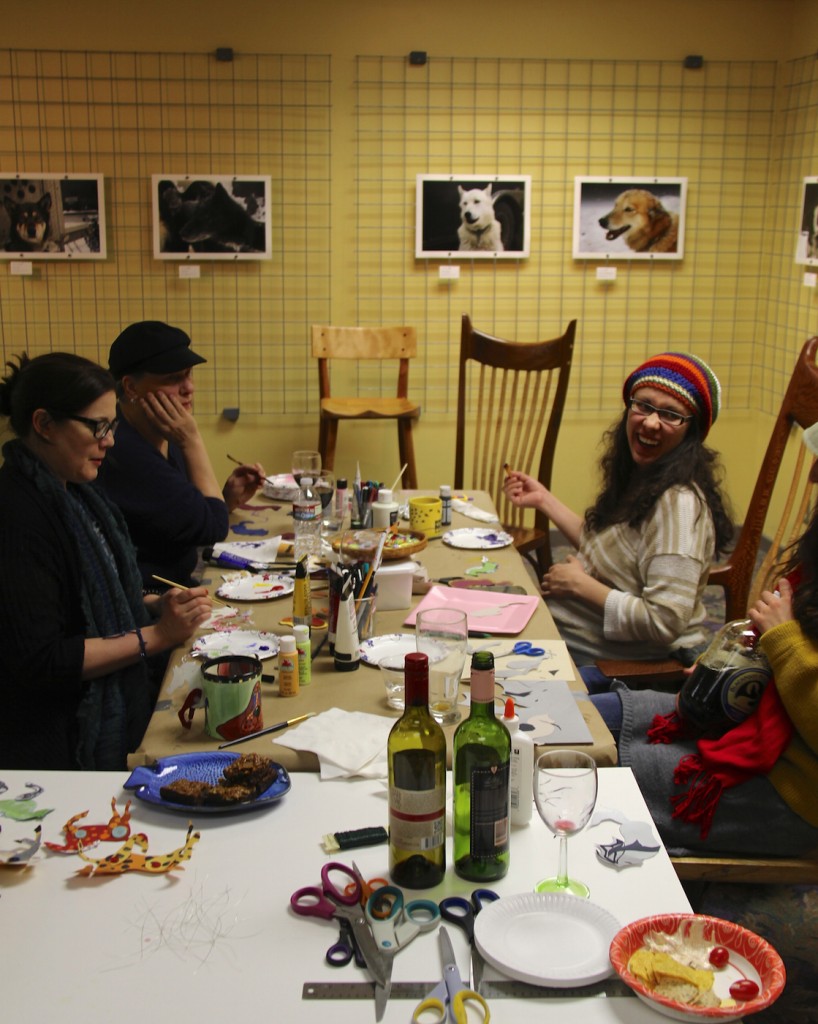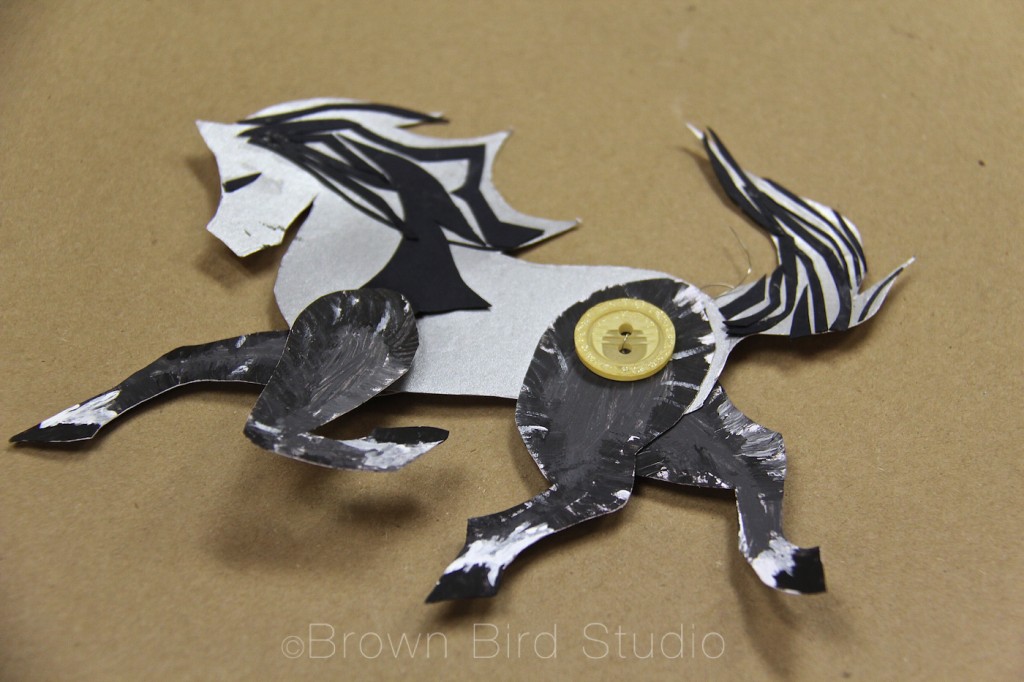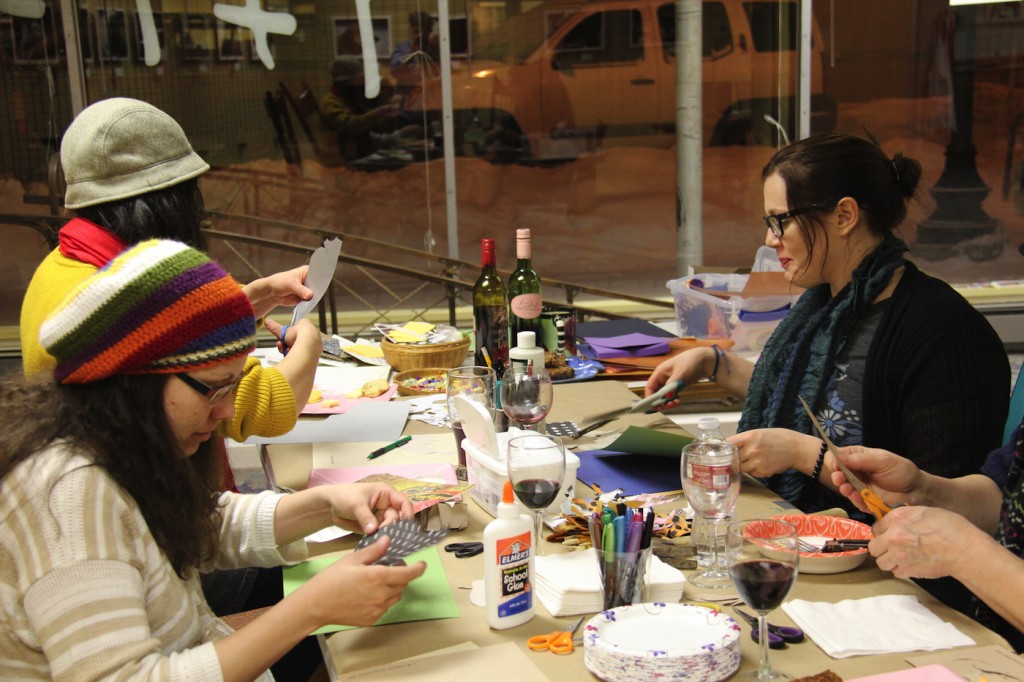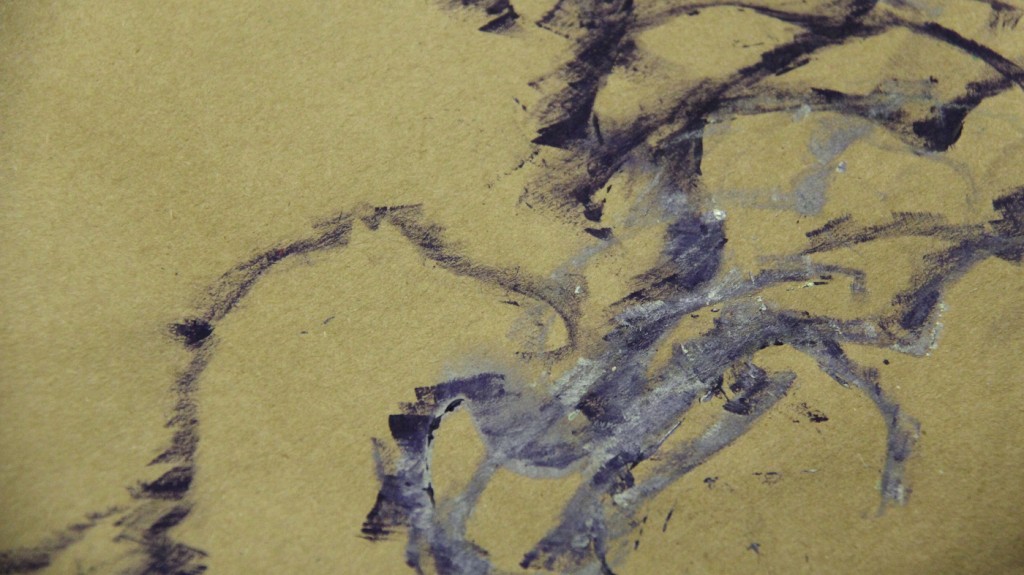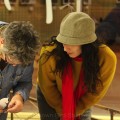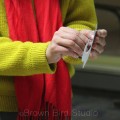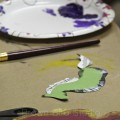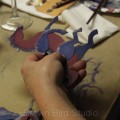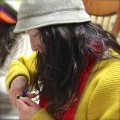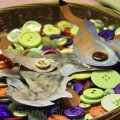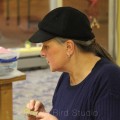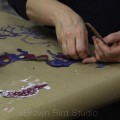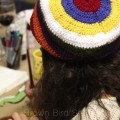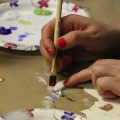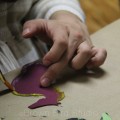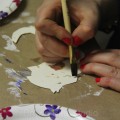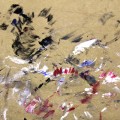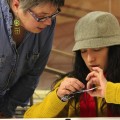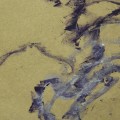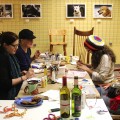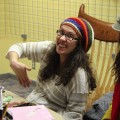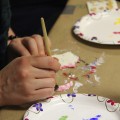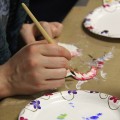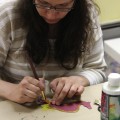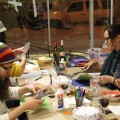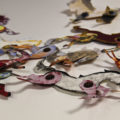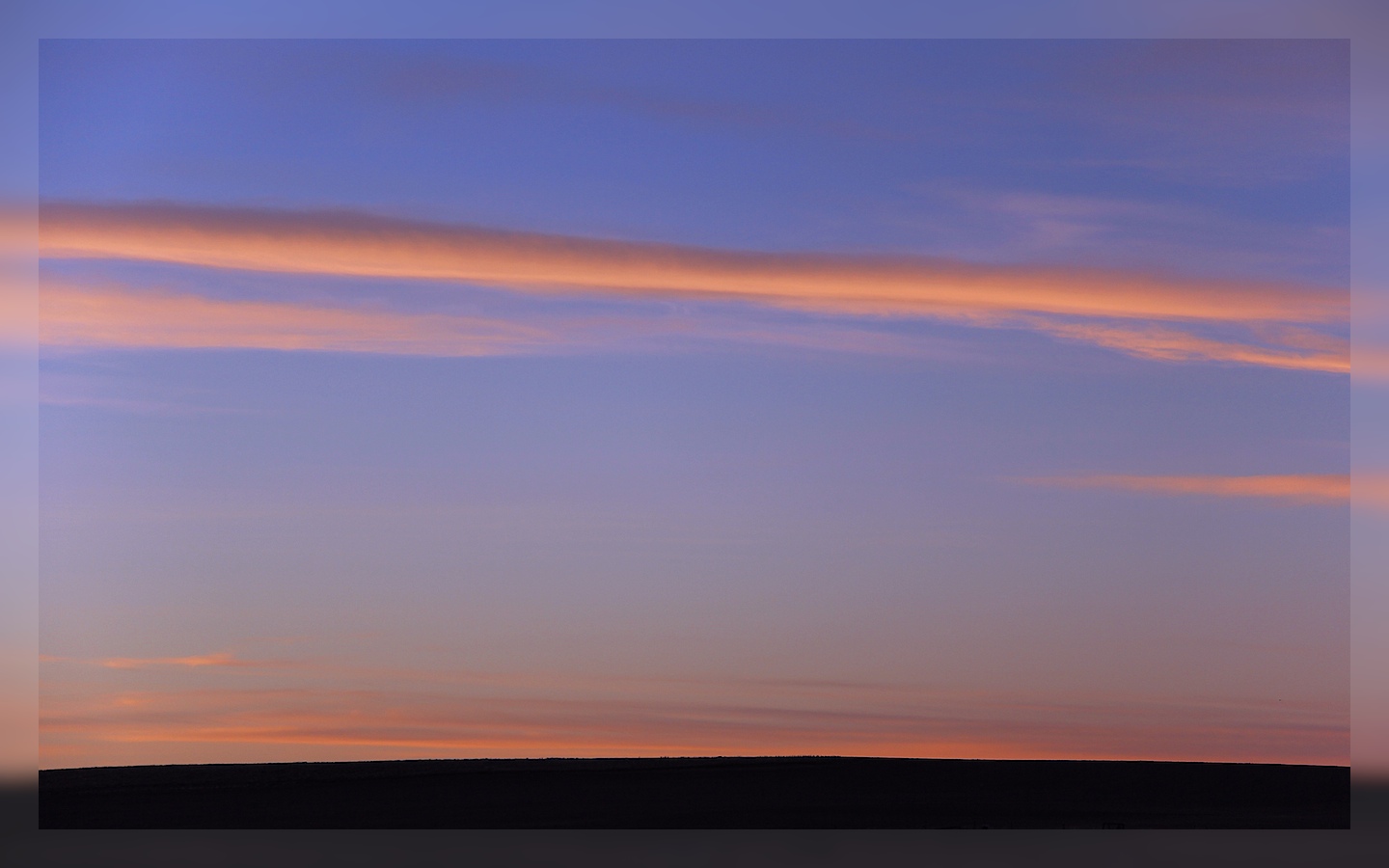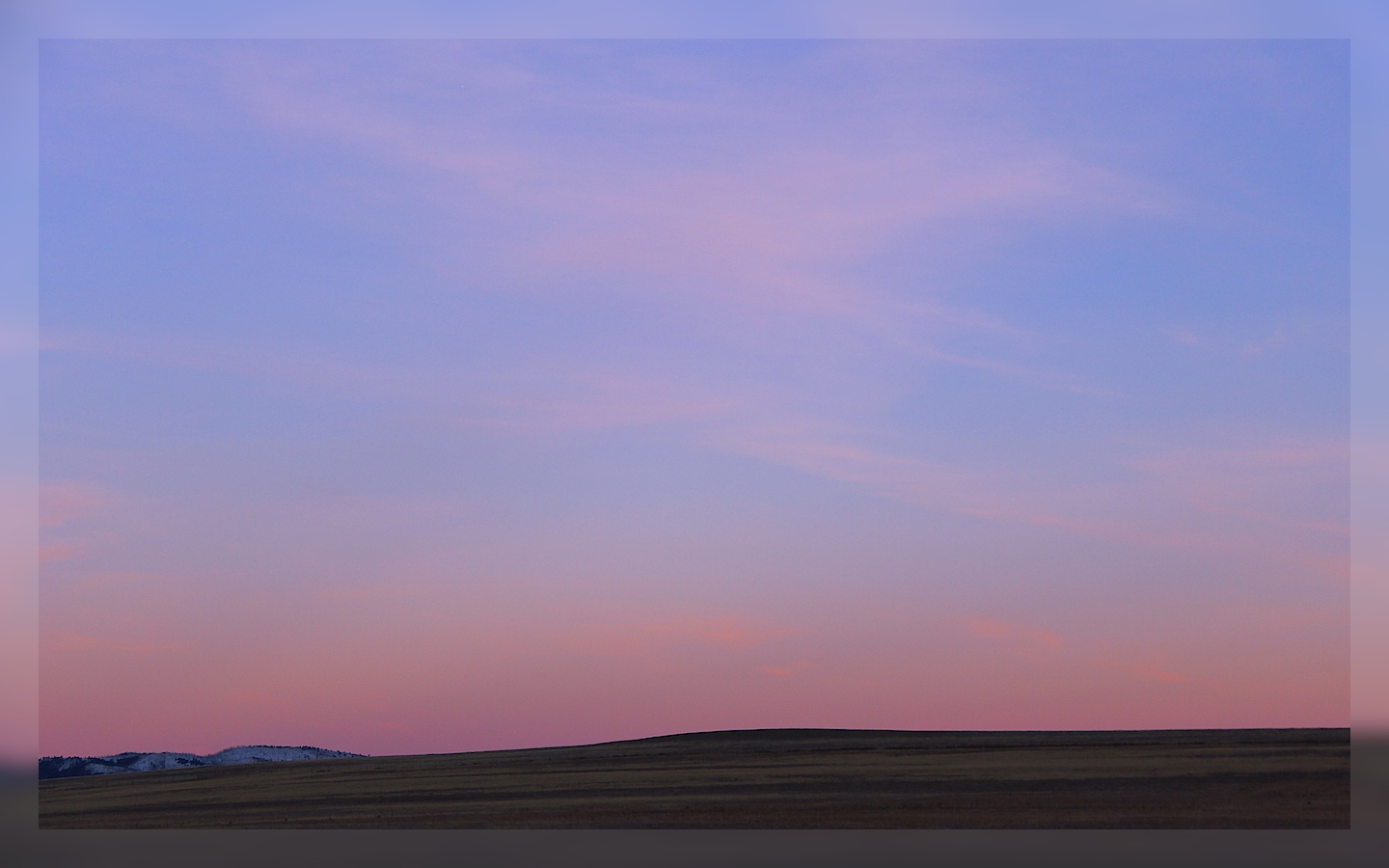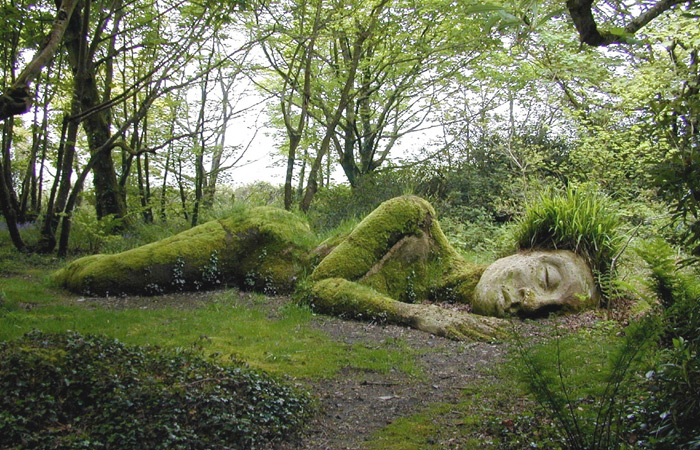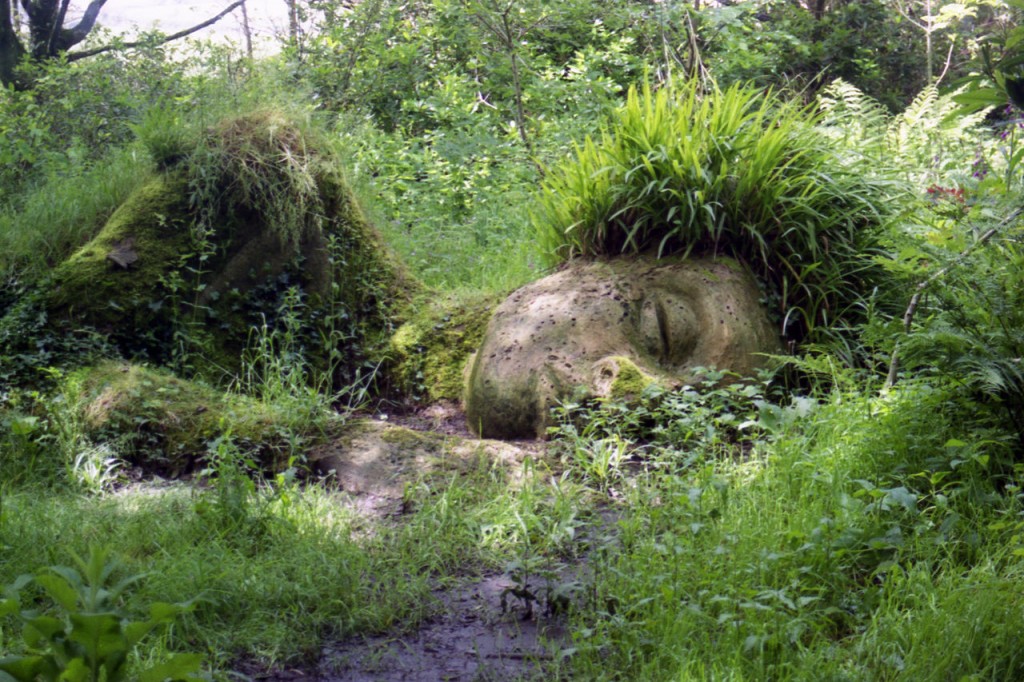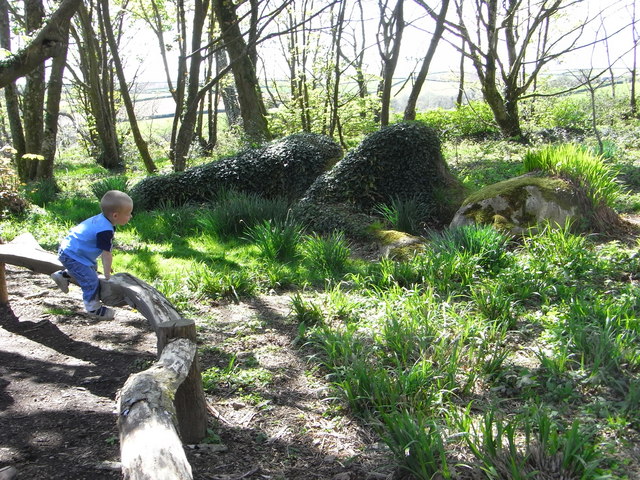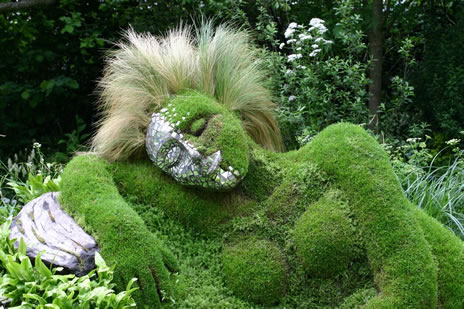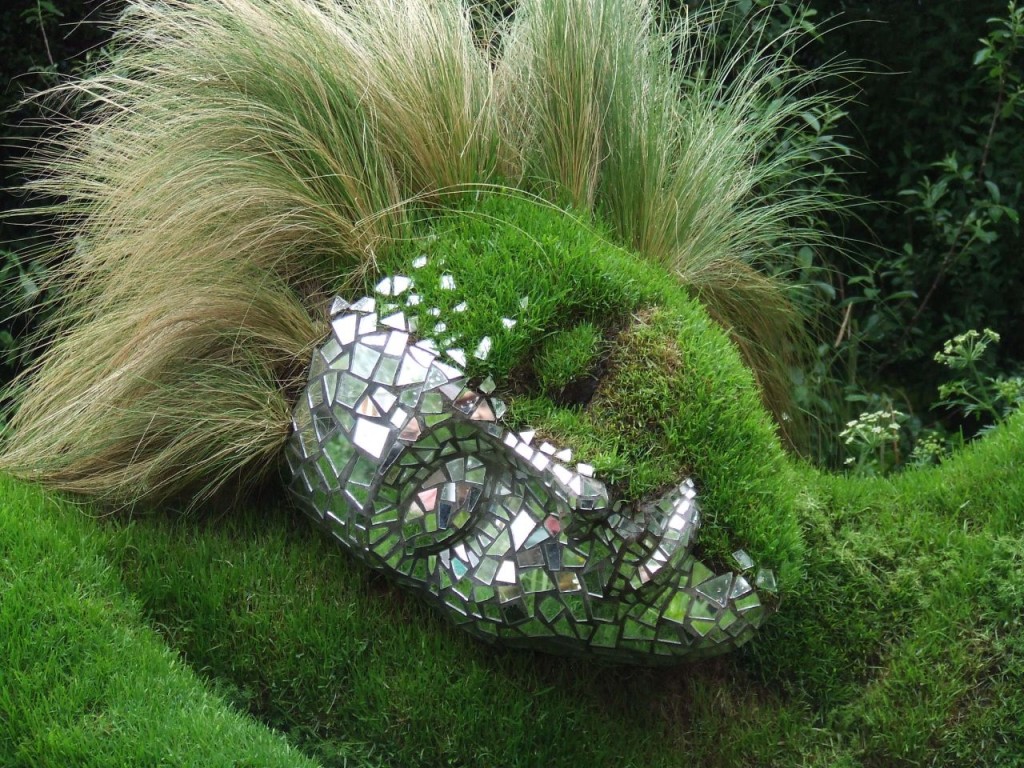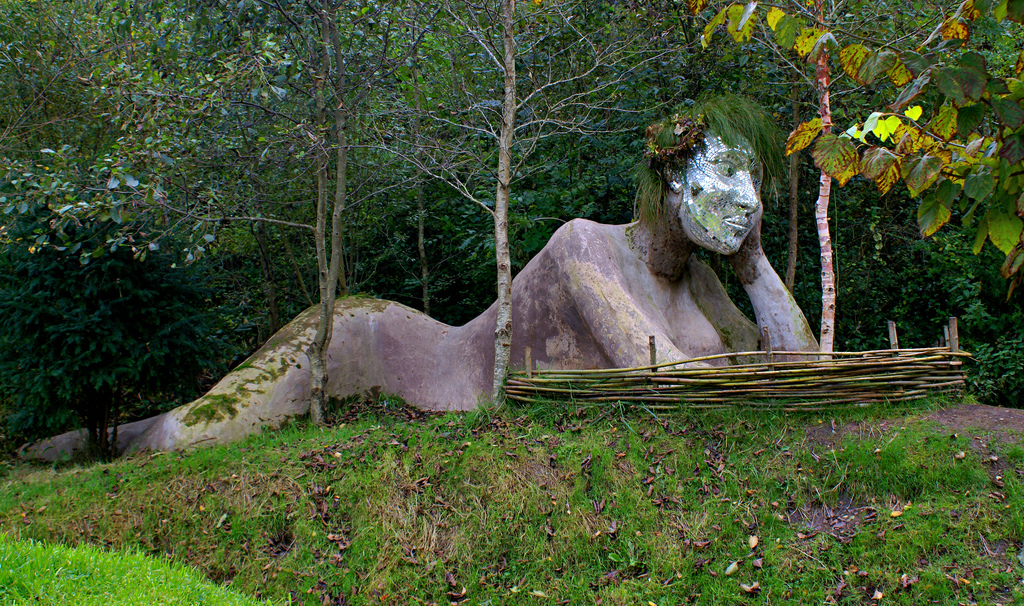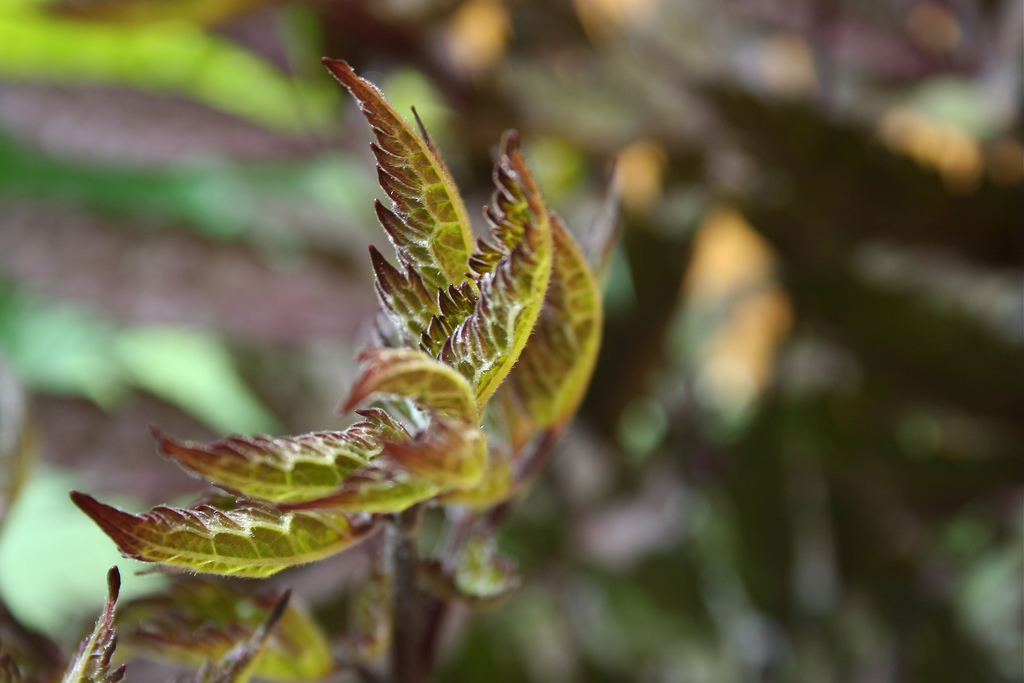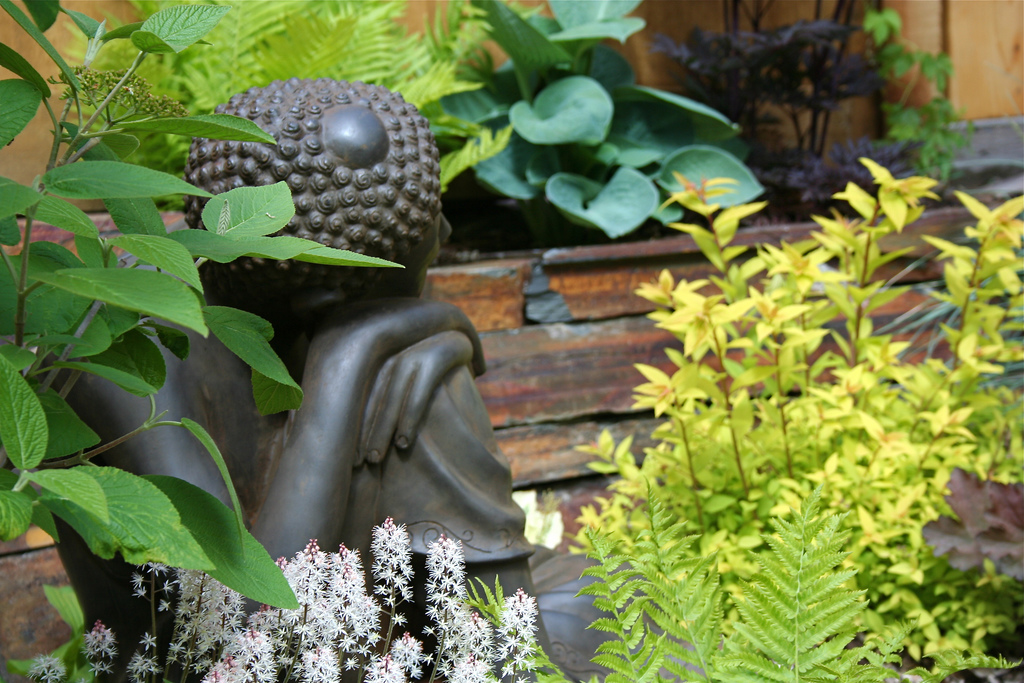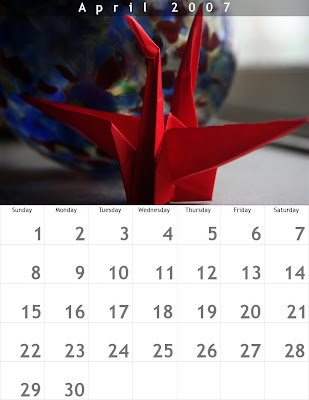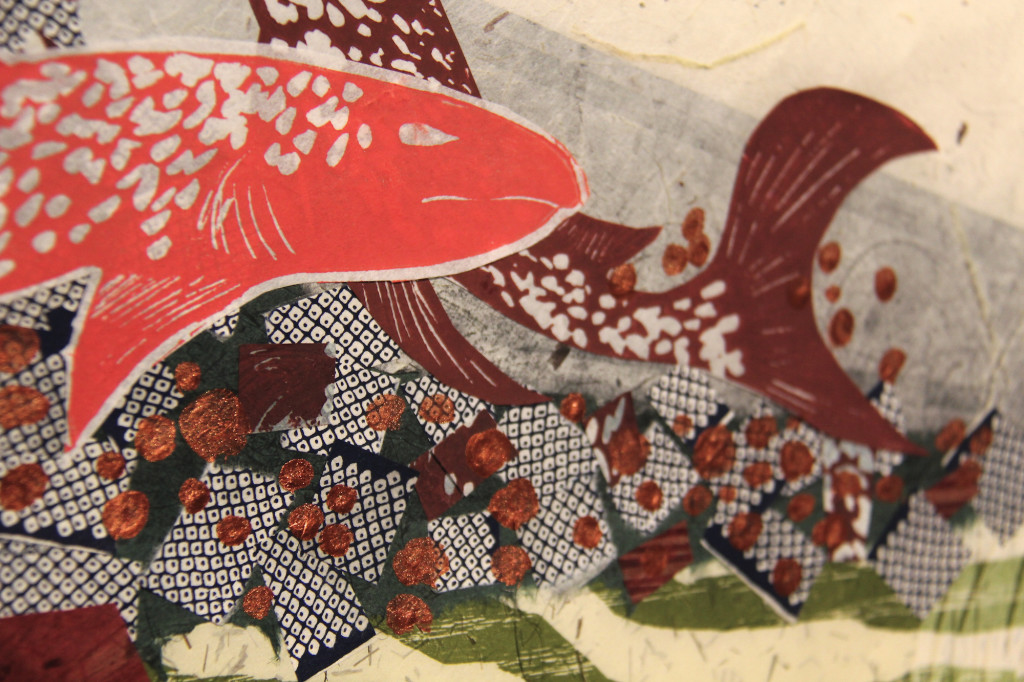
Introduction:
According to Haida cosmology, Raven called the ancient rain forest into being. The Haida and other indigenous peoples who depended on the resources of the forest and ocean, knew that without the forests, the plentiful salmon would not exist. They understood, because of their close relationship with Nature, the co-dependence of salmon and forest.
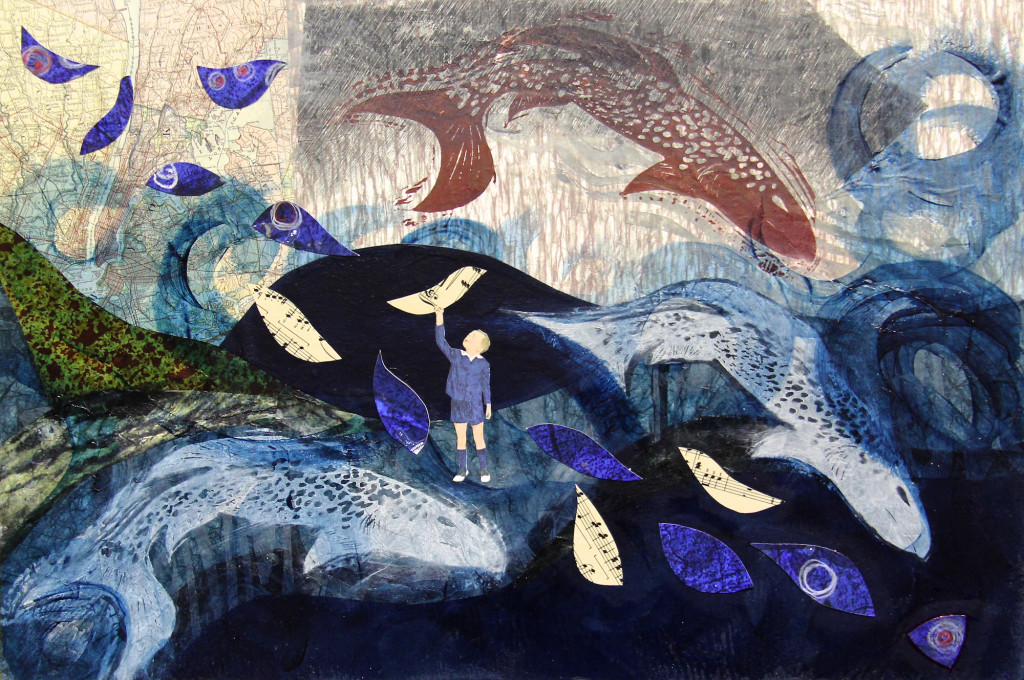
The Story of the Salmon Forest:
We know that forests keep the rivers and salmon populations healthy by cooling the waters and preventing siltation of the gravel beds where salmon spawn. But what about the other way around? Do the forests need the salmon? About 20 years ago, a team of scientists from UBC in Vancouver set about to check this hypothesis.
Studying the Ecology of the Salmon and The Forests:
The team of scientists studied the Tongass Forest in Alaska. With core samples of some of the oldest trees, the team correlated trees’ growth rates over hundreds of years with salmon run. Wide rings matched years the salmon were more plentiful. They also discovered the trees’ tissue contained Nitrogen-15, the rarer of two nitrogen isotopes. All of life has Nitrogen-14 in it. Nitrogen-15 however, comes from the oceans and is rare on land.
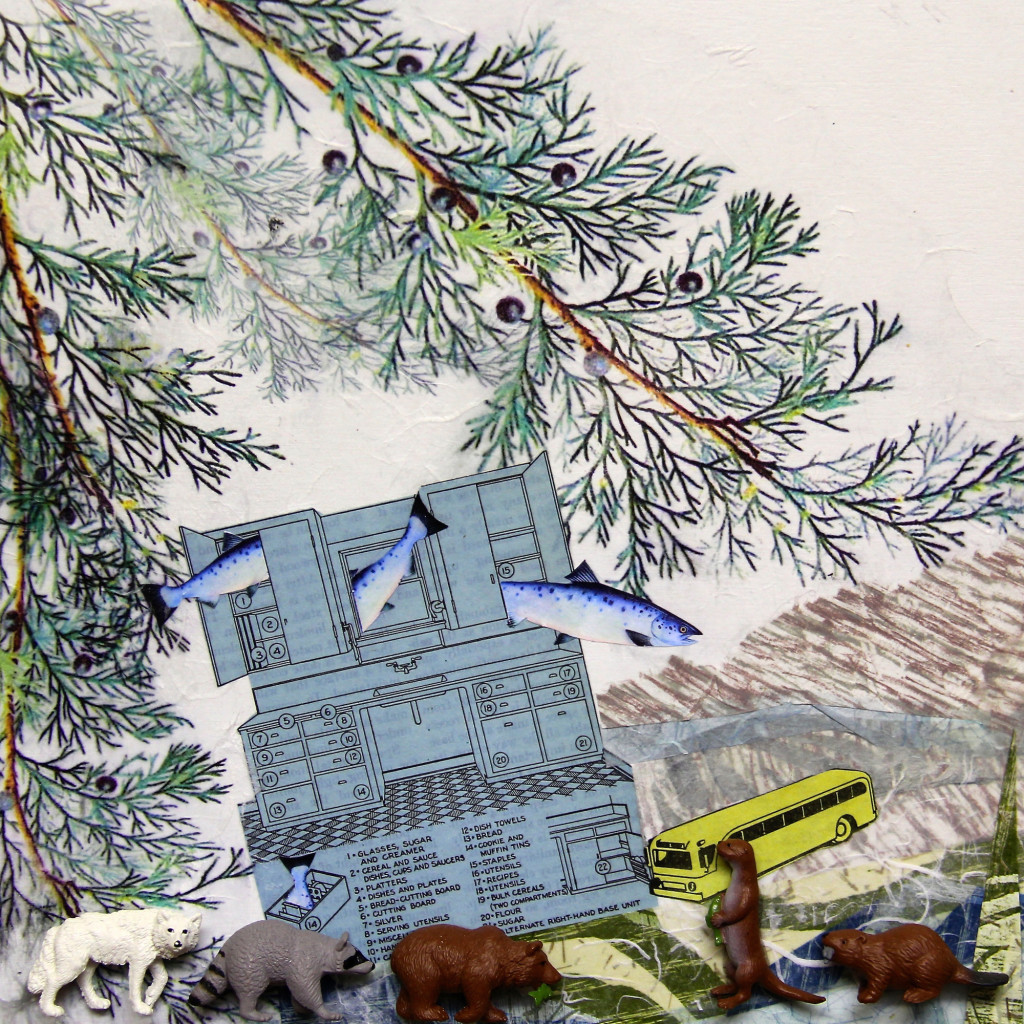
Nitrogen 15 is normally found in the Oceans:
How did N15 get into the trees so far from the ocean? The salmon brought it! How cool is that? The roots of the forest extend far into the Pacific Ocean.
Salmon are born inland, where they grow to fingerling size then migrate downstream to the ocean. They live most of their lives in the ocean, accumulating body mass (and N15) the whole time. Then, they head back up the original river/stream they came from, to spawn and die. The cycle begins again.
Guess Who Helps Spread N-15 Around?
The plentiful salmon are a rich food source for many animals, especially the bears and eagles. Bears in particular, like to take their huge salmon catch uphill where they can eat it without having to fend off other bears. They eat the guts and heads of the salmon, leaving most of the carcass on the ground. The carcasses are consumed by scavengers, insects, worms, bacteria and fungi. So, a kind of magic is happening here: the salmon carcasses become part of the forest, of the trees and animals, understory plants. The Trees are Made of Salmon!
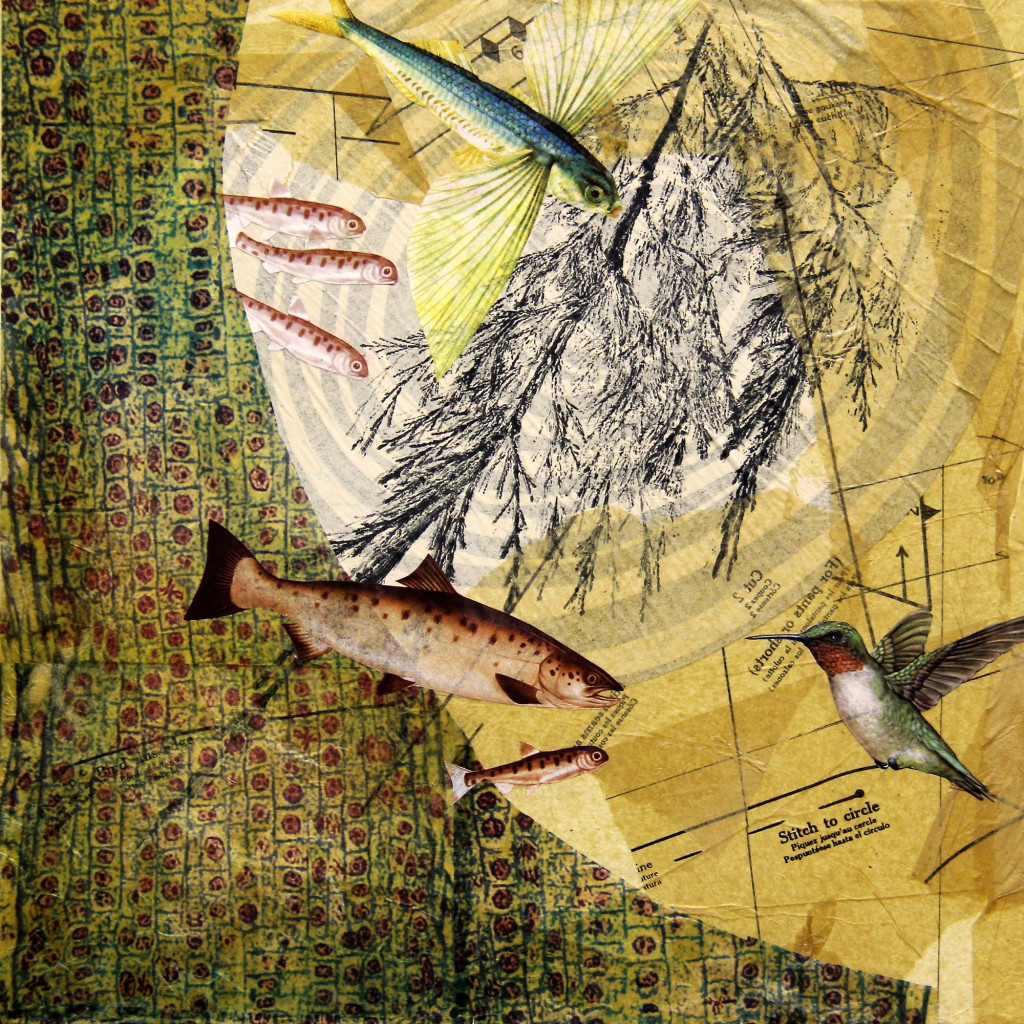
I originally heard the salmon-forest story from my sister, an artist in Vancouver BC. I couldn’t get it out of my head. Salmon began appearing in my dreams. I started this body of work inspired by the story, and by the ways my unconscious transformed it into something meaningful in my own life.
What does the Salmon Forest have to do with the exhibit title, “Ecology of the Unconscious?”
Hmmm …
What is the Unconscious?
Our unconscious is the aspects of ourselves hidden to our conscious. Once we become aware of those aspects, we bring them into everyday life through our behavior, our responses to things around us … and they are no longer hidden.
And Ecology?
Ecology can be simply defined as the relationships between organisms and their environment. I set out with some pretty big questions, hoping to find answers. I am pretty sure I found more questions and not many answers. That’s okay with me though. Mystery is good. Wonder is a good thing.
So, how do Ecology and Unconscious Fit Together?
- What is our relationship with the aspects of ourselves that are normally unconscious? How do we become aware of those parts of ourselves … and how do we manifest the hidden gems in our everyday lives? How are our inner aspects reflected in our relationships with Nature and with everything around us?
- In Jungian psychology, water signifies the unconscious. So, rivers, rain, fog, the ocean … these are all different aspects of my unconscious self. Fish fly through the water. Birds swim through the air. These are messengers for me. Water links life and land together in an ecosystem. Water/Fish/Birds link my dream life to my waking life and help me understand both.
Humor Helps Us Understand and Go Deeper:
You will find my sense of humor in many of the pieces of this exhibit. I believe that if we approach our unconscious (our dreams) with a healthy sense of humor, it easier to understand. Visual puns are one of my favorite ways to convey an idea. And there are always more levels of meaning in any of my pieces, than what you see at first look.
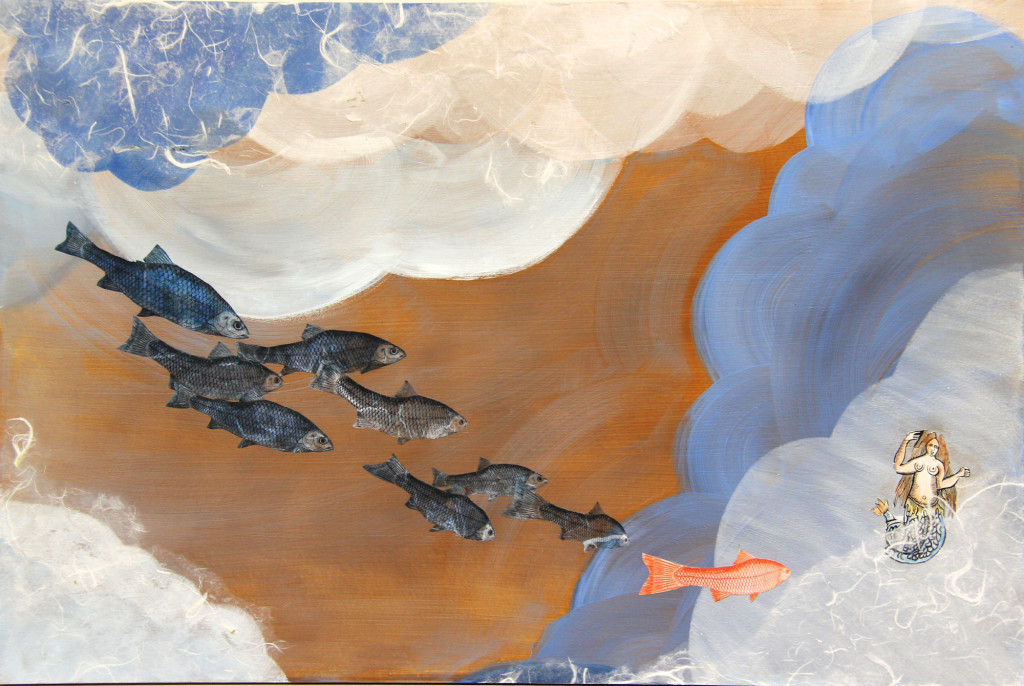
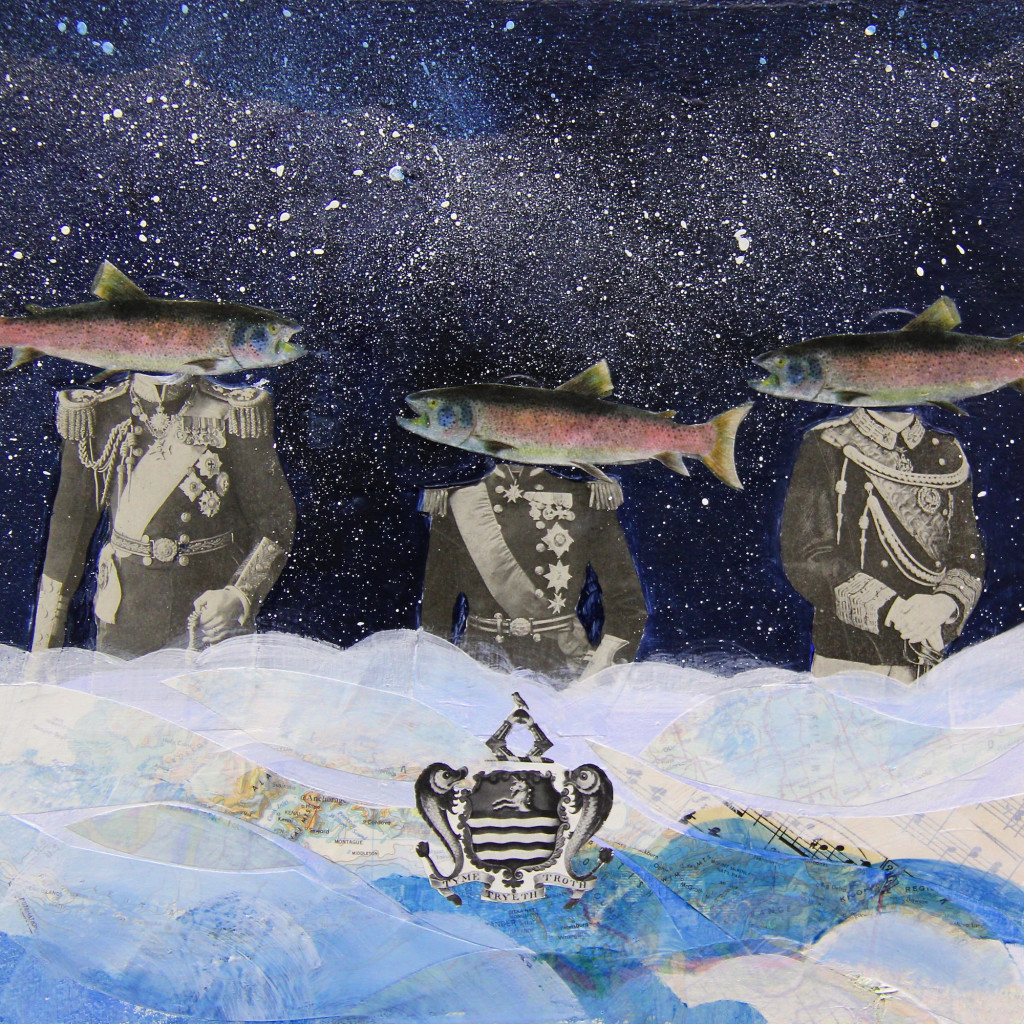
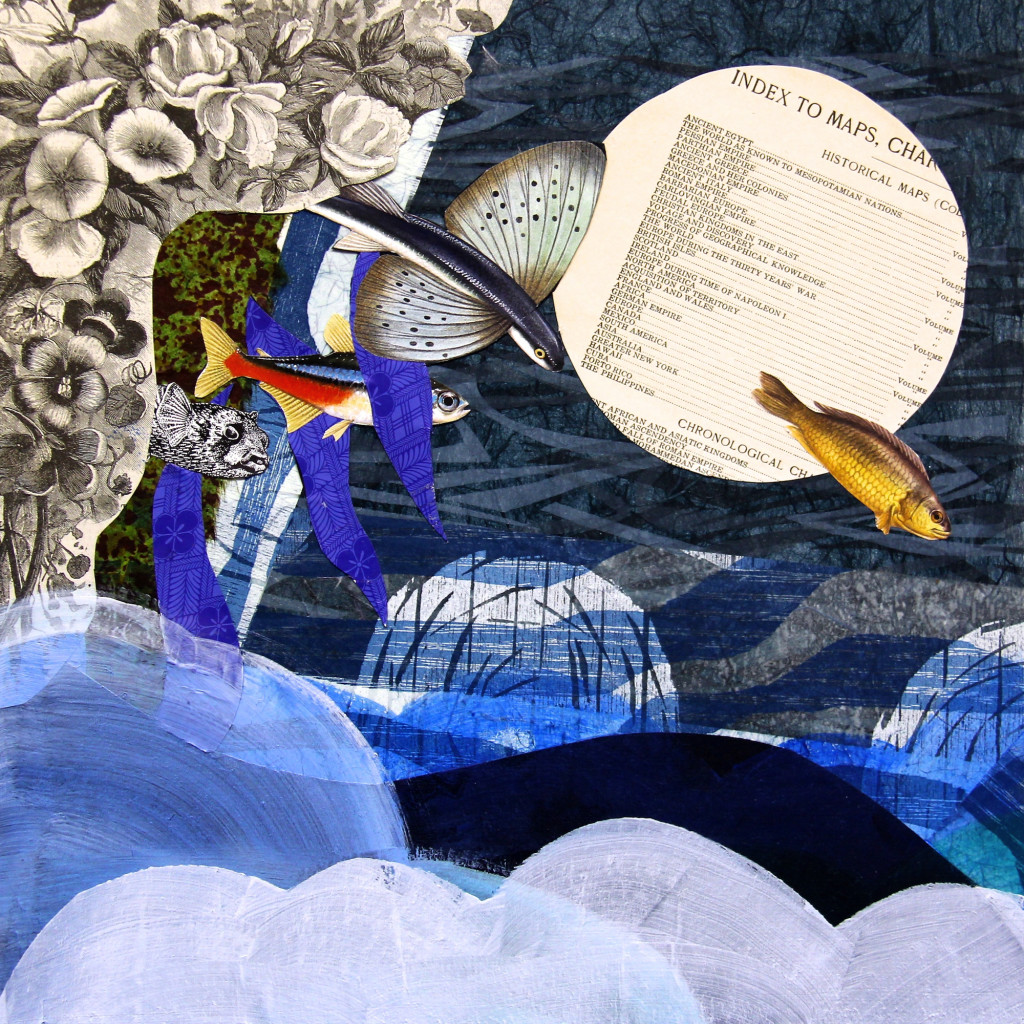
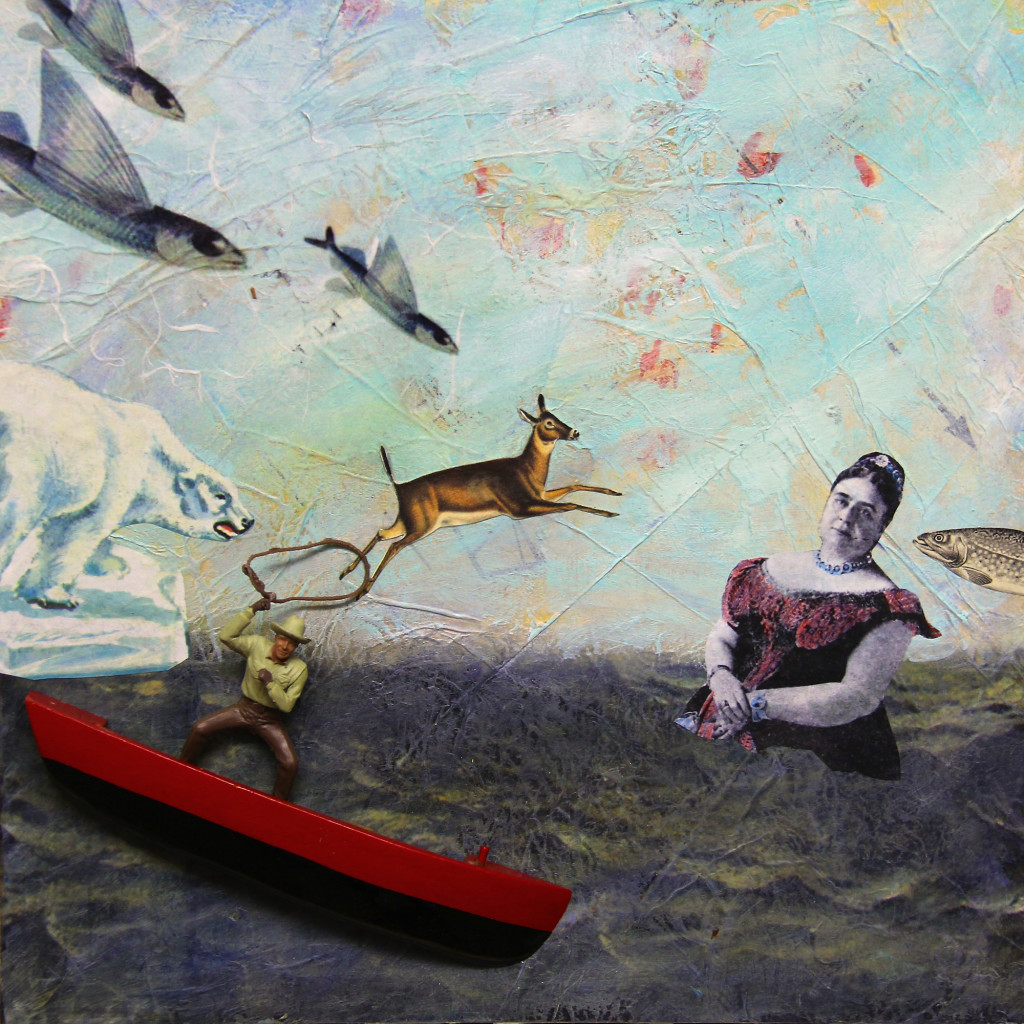
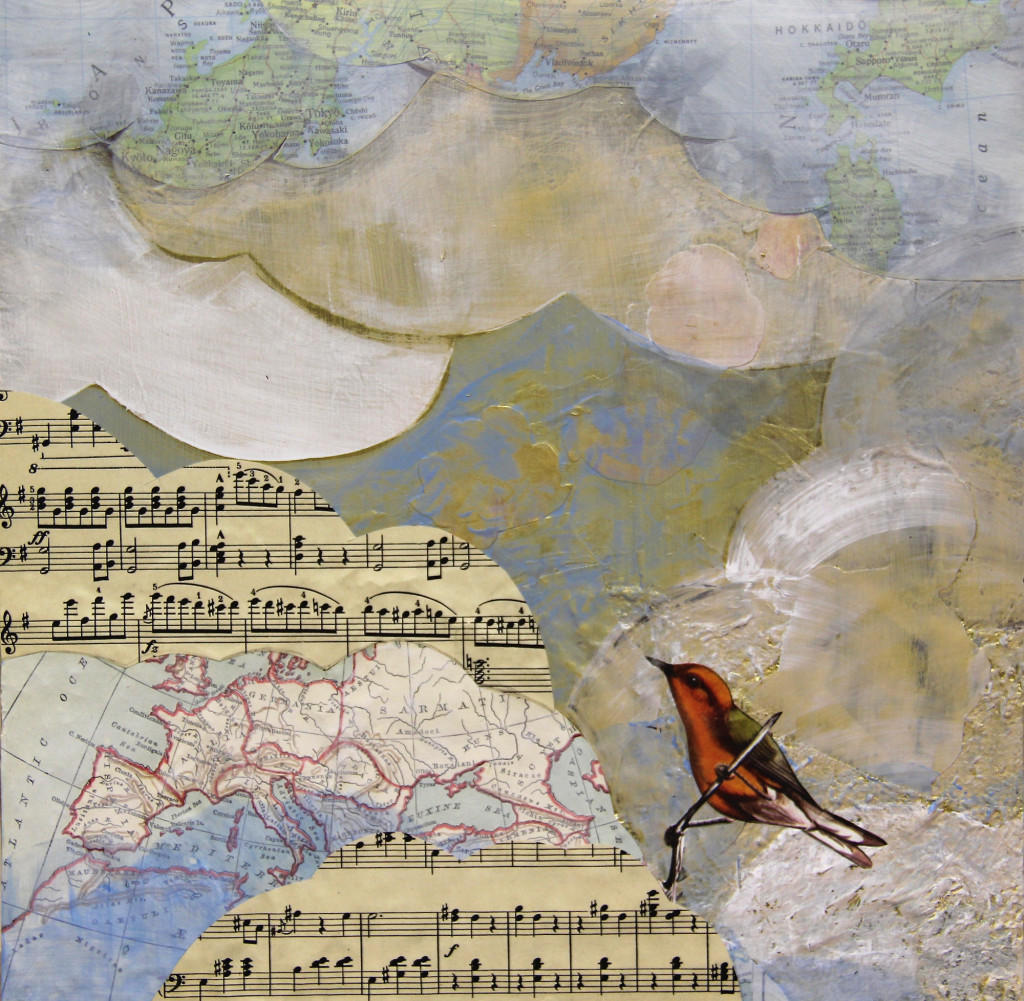
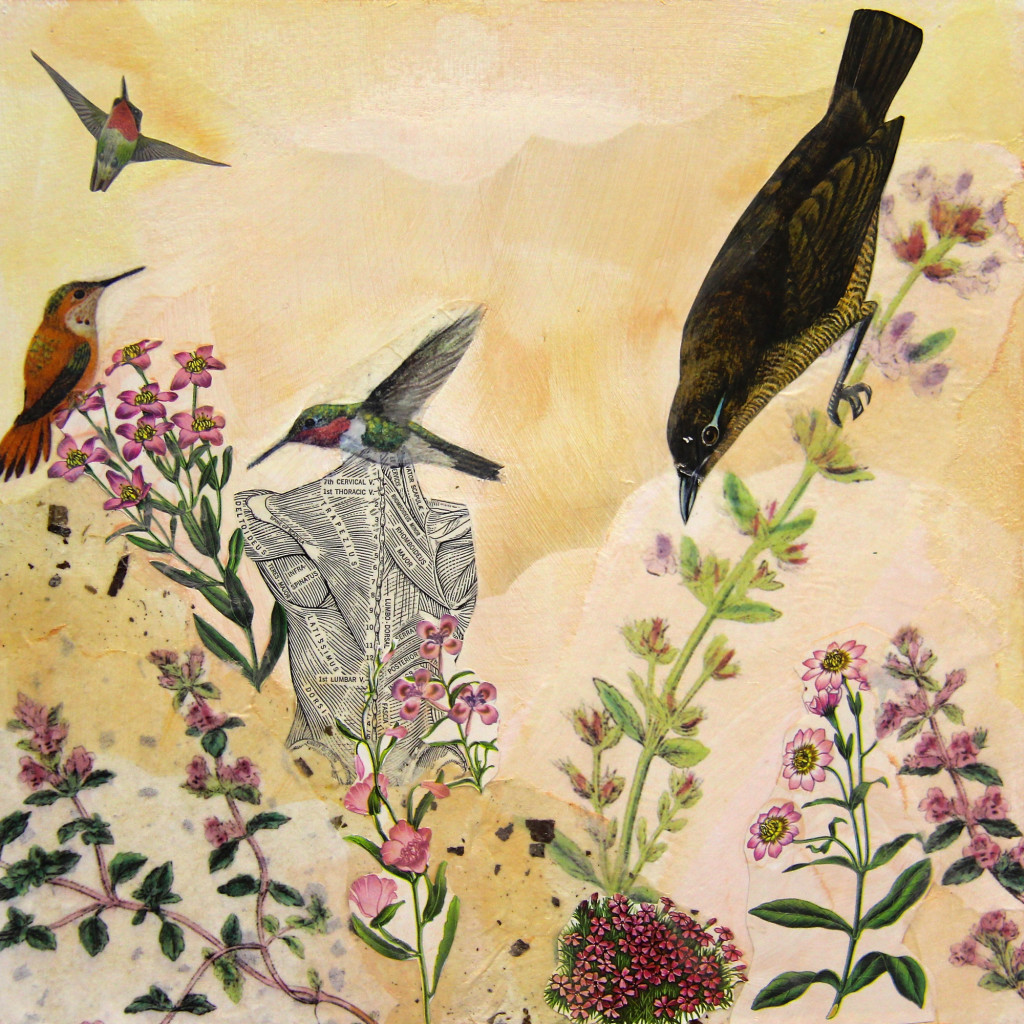
Here are some details of the pieces in the exhibit plus a few more I didn’t feature above. In all, the exhibit included 21 pieces in this body of work. Thanks for looking! I would love to hear what you think. Comments are much appreciated! <3
